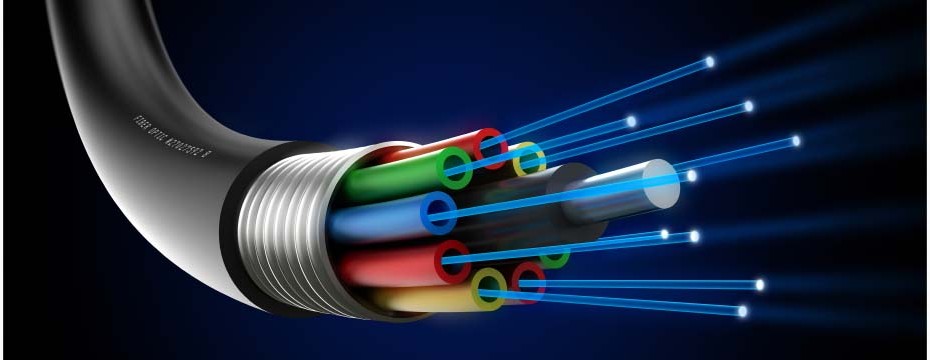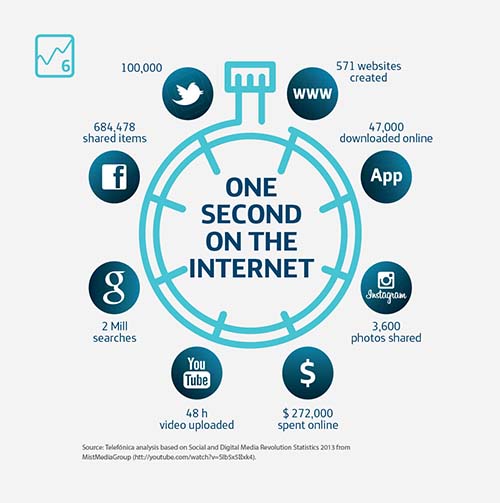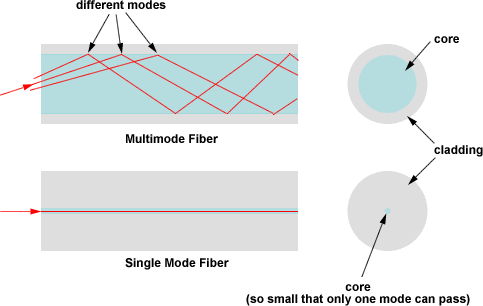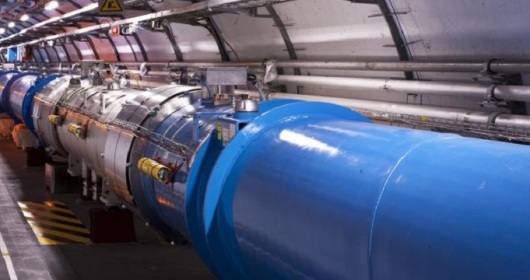World’s fastest network cable allow you download movie in seconds.
Researches all around the world are secretly competing in between each other, there is no doubt about that. One of the most recent big hits was sucessfully made by researchers in Eindhoven University of Technology in The Netherlands and University of Central Florida in the US. They created the fastest network cable in the world. It can transmit 255 terabits per second. This is same as all traffic flowing through the internet at peak time.
At this moment, the fastest cable on the market can transmit 100 gigabits per second (gbps), which equals 12.5 gigabytes per second (GBps). It is indeed impressive, but many people agreed, that this is simply just not enough. That is the main reason, why they decided to create new fiber optic, that can carry almost unimaginable 2,500 times more data, meaning 255 terabits per second (tbps), which is 32 terabytes per second (TBps). Sounds extremely complicated, but in a simple way, it means that you could transfer 1 GB in 0.003 of a second.
There was a lot of discussion whether it is possible or not, so Sebastian Anthony at Extreme Tech said: “255 tbps is mind blowingly quick; it’s greater, by far, than the total capacity of every single cable – hundreds of glass fibres – currently spanning the Atlantic Ocean.”
The sub-sea cables that are responsible for transmitting Internet signals are, what is called single-mode optical fibre cable. This means, that this cable can only carry one signal from a single laser at a time. After that signal is traveling to the centre of the cable through its core. The amounts of data, which are able to be transmitted through this cables are very limited by law of the physics.
The new cable, on the other hand, is known as “multi core” or multi mode. In this form of cables, there are 7 cores arranged like a hexagon, that run along its length. This means, that the singnal can be transmitted from 7 different lasers at the same time.
The team was testing multi core in a lab along the one-kilometre stretch, and now they are working on a process of introducing it to the market. No need to say here, that this is going very slowly. According to Extreme Tech, multi-core fibre is going to eventually replace every single-mode cable that currently supports Internet. This will not happen any time soon, as there are millions of kilometres of “old stuff” and their replacement might take many years.
[sc:ad-text]
“It would be like replacing every two-lane highway in America with eight-lane raised freeways. It is totally possible, just not economically feasible,” Andrew Tarantola from Gizmodo said. He also added, that with the speed that the Internet is currently growing, it won’t take too long till we will need this technology.
Source: Science Alert
[sc:end t=”The Fastest Internet Cable Can Now Transfer 1 GB in 0.003 of a Second”]









Leave a Reply